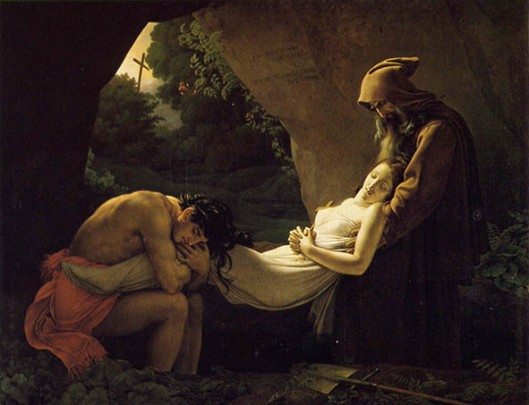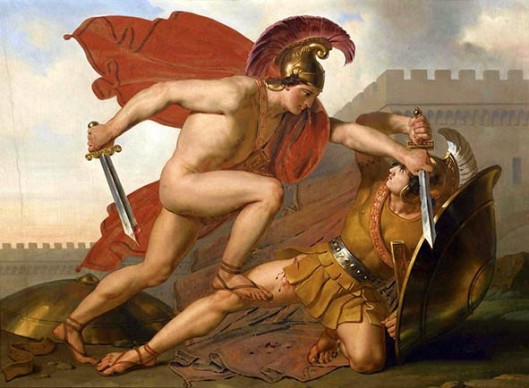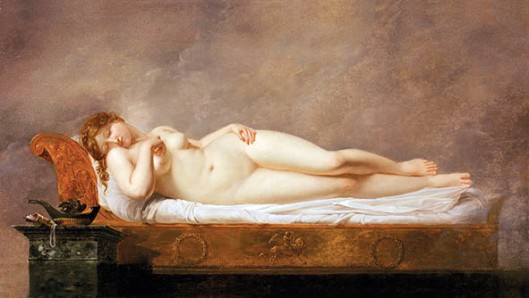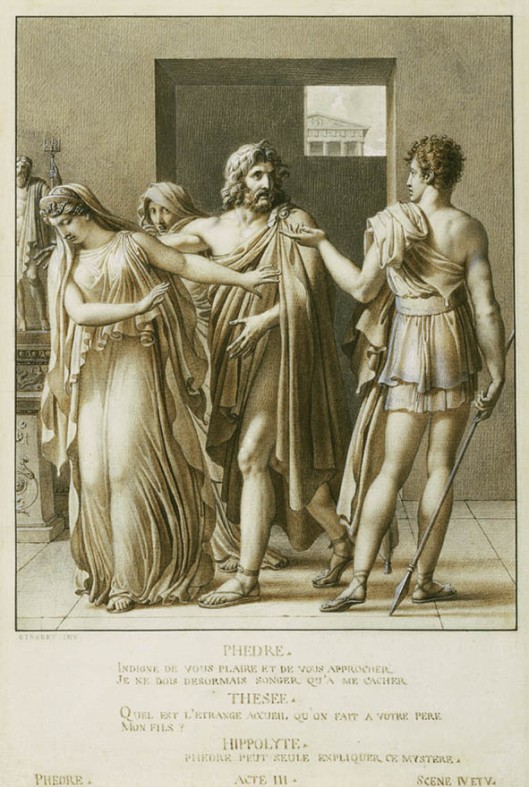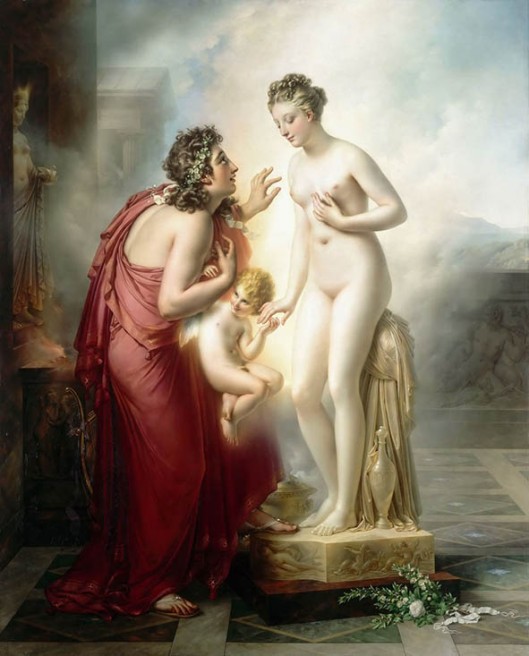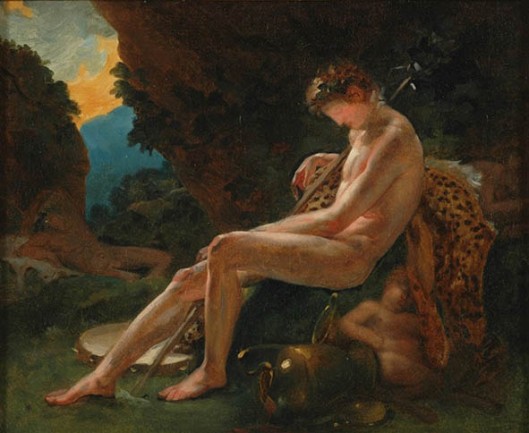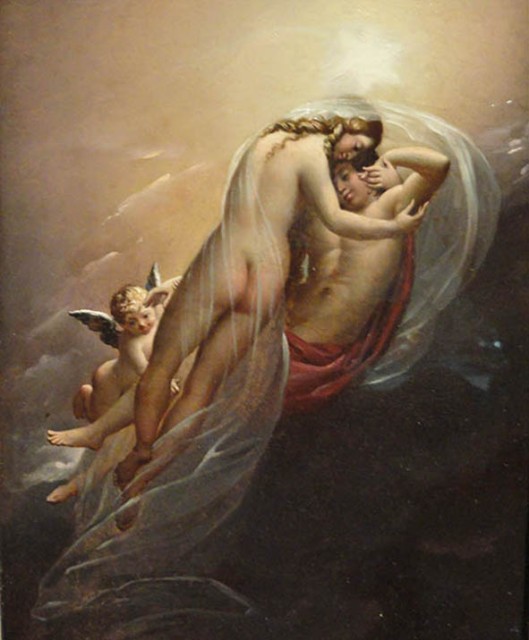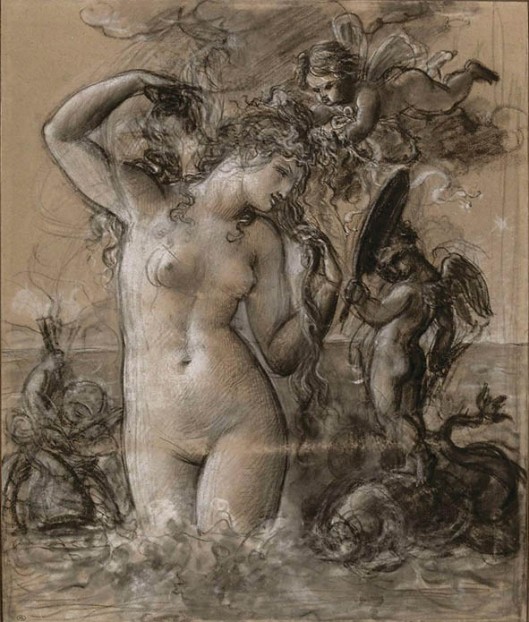
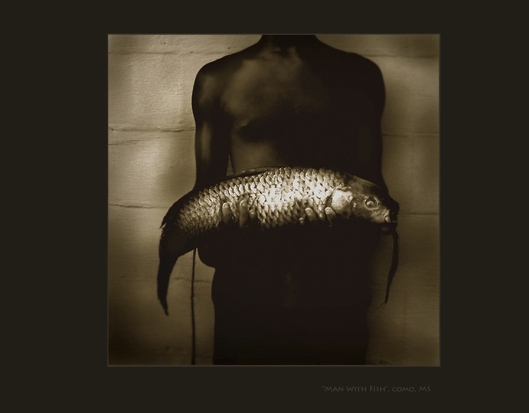












Jack Spencer (born 1951) is a self-taught American photographer.
Spencer was born in Kosciusko, Mississippi and his first love was music, performing in rock bands making a recording] He is probably best known for his series, Native Soil that featured deep sepia tones combined with deep-South imagery. Spencer heavily manipulates his photographs in the darkroom. Spencer’s Lost Boys series came about because of abuse he saw in Nashville where a young boy Pel Gai was murdered in a nightclub there. Pel Gai is from the Southern part of Sudan and about 150 refugees were sent to Nashville after reaching a refugee camp in Kenya.
Spencer’s work was also included in The South By Its Photographers with many other Southern artists including Shelby Lee Adams, William Christenberry, and Melissa Springer. This exhibition was shown at the Birmingham Museum of Art, Columbia Museum of Art, and Louisiana Center for Arts and Sciences. The exhibit spurred the careers of these photographers and was also made into a book by Susan Sipple Elliott. Spencer’s work was also chosen to be in Picturing the South curated by Ellen Fleurov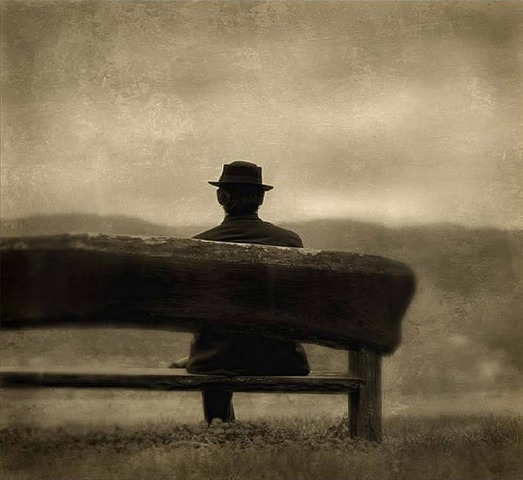










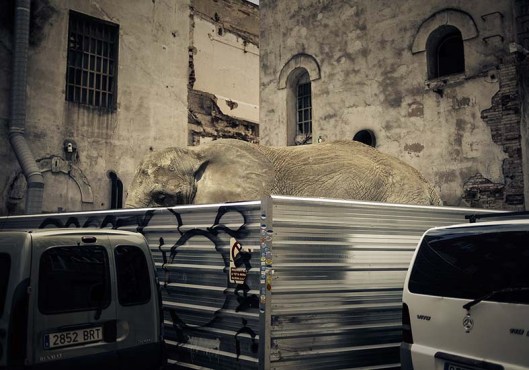
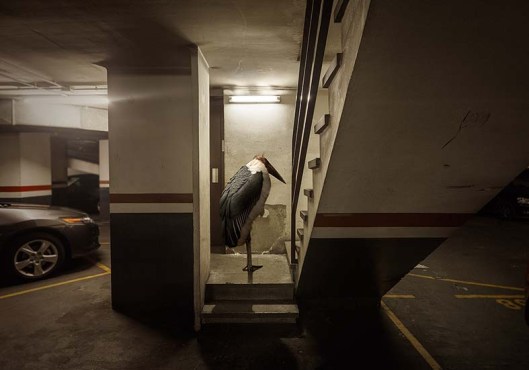

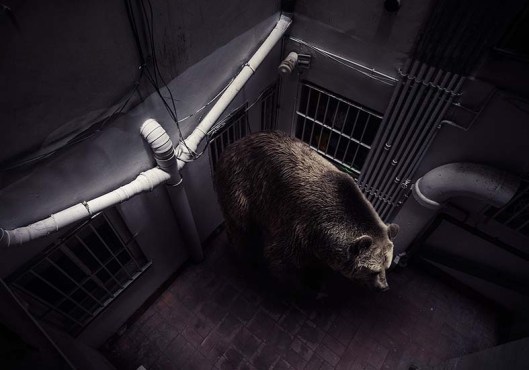




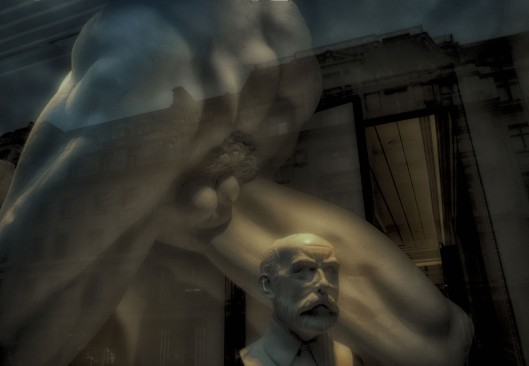
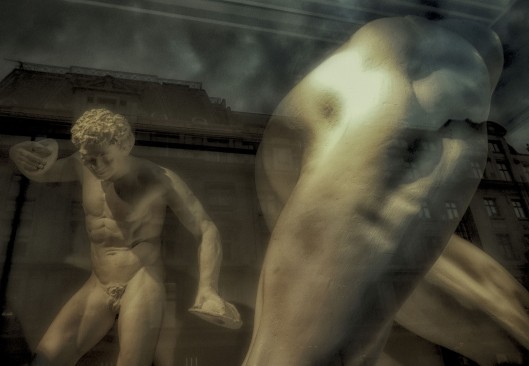



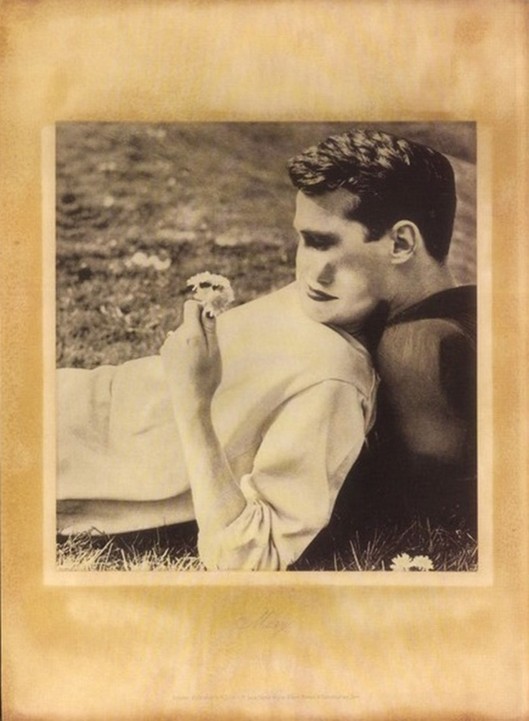
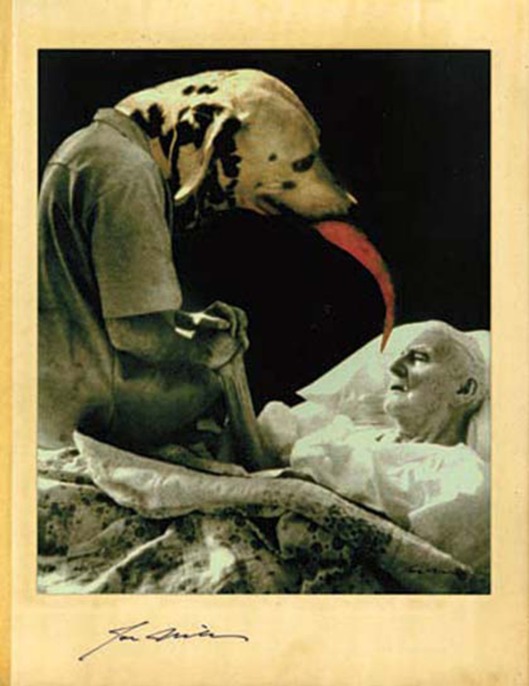

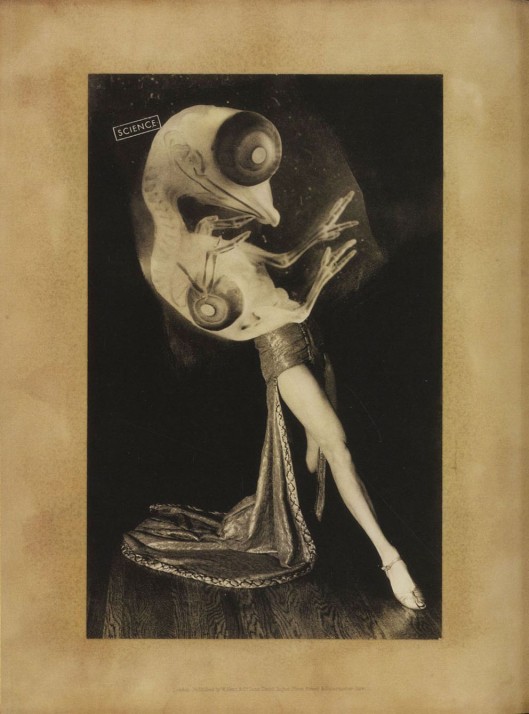


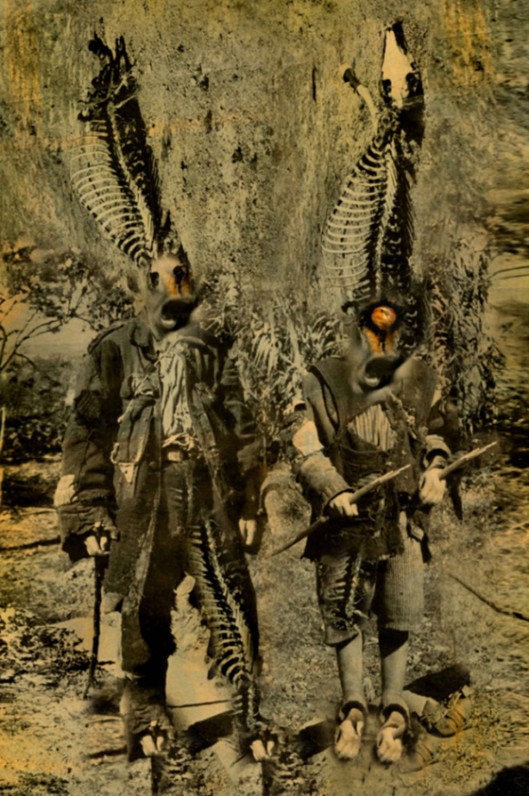




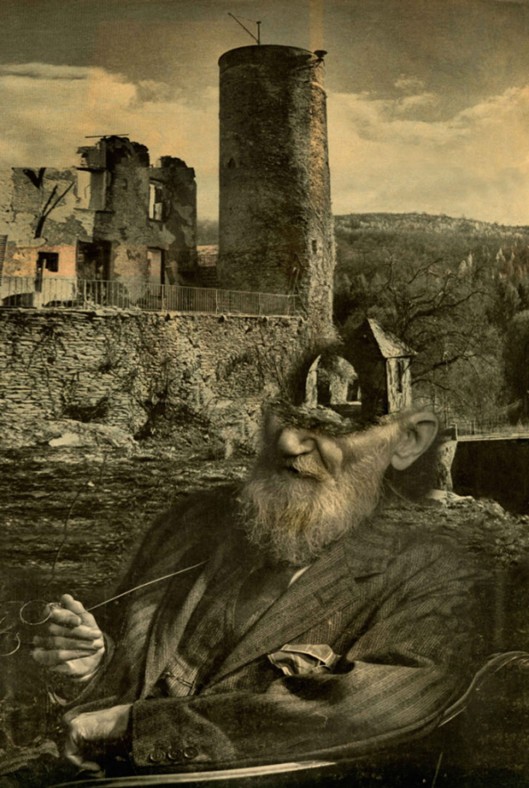




 Coastal Landscape Capri
Coastal Landscape Capri Seagull in front of the Cliffs of Capri
Seagull in front of the Cliffs of Capri View of the coast of Capri
View of the coast of Capri Toteninsel
Toteninsel To the rescue
To the rescue The Great Sphinx of Giza
The Great Sphinx of Giza
 Sea-nymphs in Grotta Minerva
Sea-nymphs in Grotta Minerva Lanscaspe Capri
Lanscaspe Capri
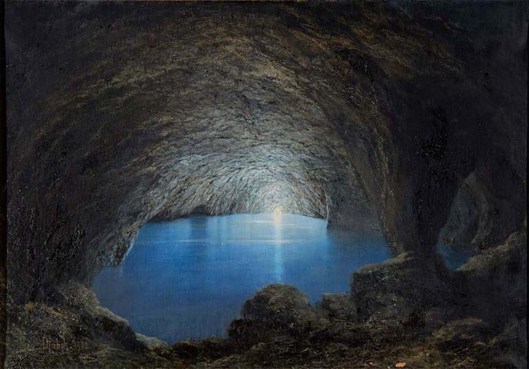 Blue grotto Capri
Blue grotto Capri An allegory of lost love
An allegory of lost love Thou shalt not kill
Thou shalt not kill Seagull in front of the cliffs of Capri
Seagull in front of the cliffs of Capri Question to the Stars
Question to the Stars Capri
Capri Capri
Capri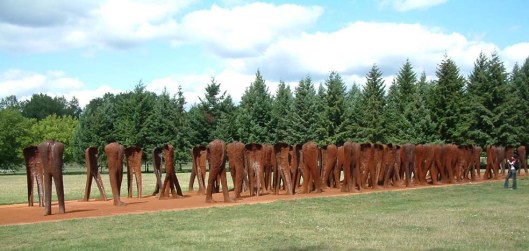 Agora II
Agora II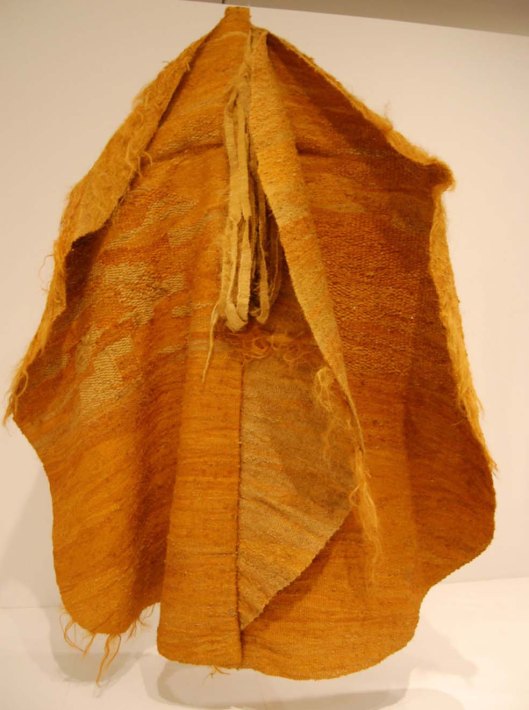 Yellow Abakan
Yellow Abakan Agora III
Agora III Agora
Agora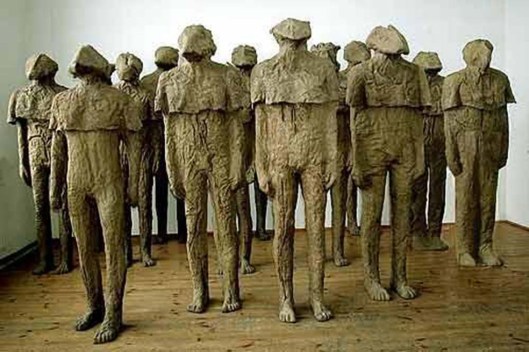 Coexistence
Coexistence Crowd IV,
Crowd IV, Crowd
Crowd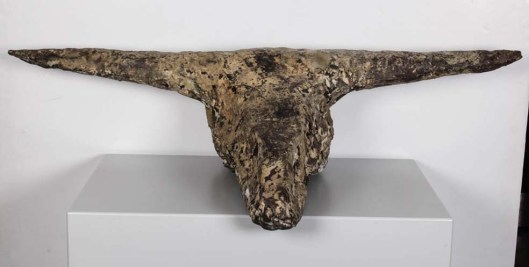 Mammal Head
Mammal Head Crowd
Crowd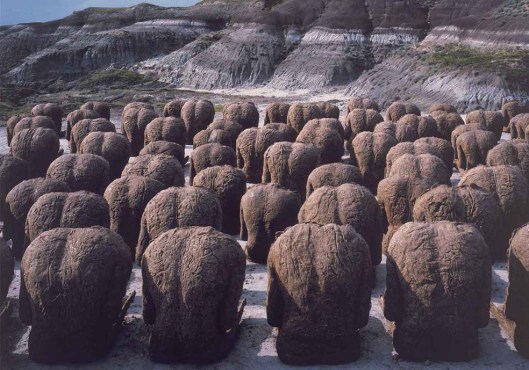 Plecy
Plecy Red Albakan
Red Albakan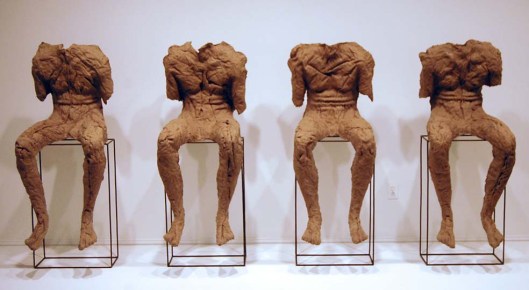 Four seated figures
Four seated figures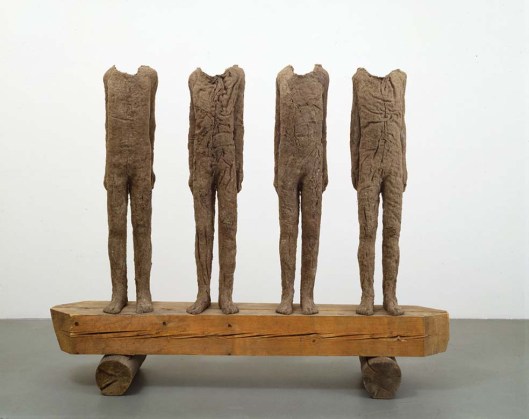 Four on a Bench
Four on a Bench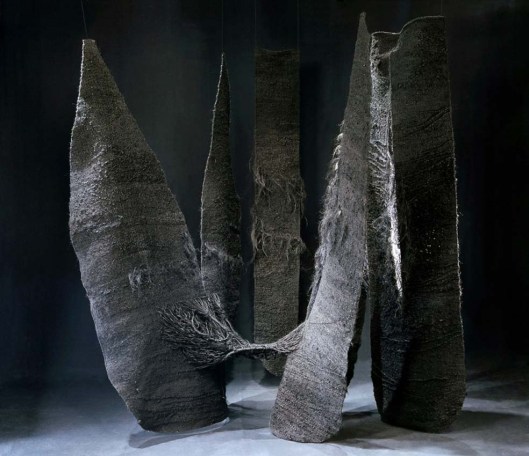 Grey Albakan
Grey Albakan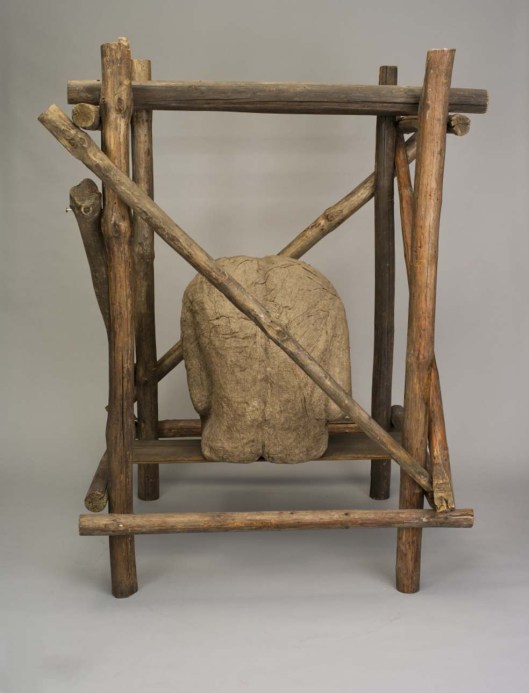 Klatka i plecy
Klatka i plecy The Group of Seven
The Group of Seven THE VOYEUR Sardinia
THE VOYEUR Sardinia  TANGIER
TANGIER  PUGLIA
PUGLIA  SPACEMAN Munich
SPACEMAN Munich  ON GUARD Tangier
ON GUARD Tangier  AMALFI
AMALFI MARRAKESH
MARRAKESH
 PENELOPE
PENELOPE VESTAL VIRGIN
VESTAL VIRGIN IPHIGENIA-IFIGENIA
IPHIGENIA-IFIGENIA ANDROMEDA V
ANDROMEDA V BAUCIS
BAUCIS Leviathan
Leviathan Icarus
Icarus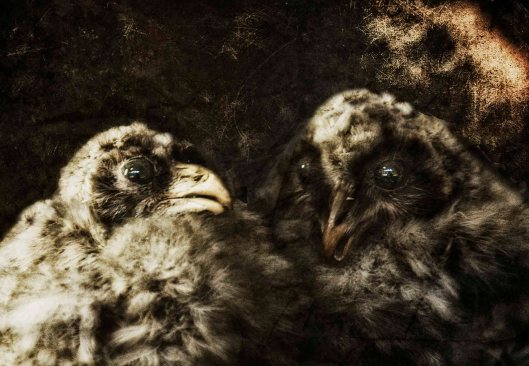 The Graeae
The Graeae Cerberus
Cerberus Ariadne
Ariadne Apollo
Apollo Prometheus
Prometheus


